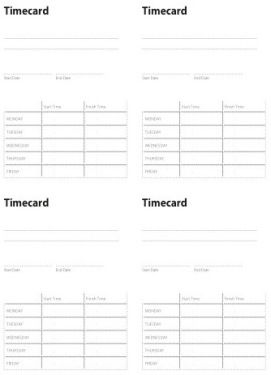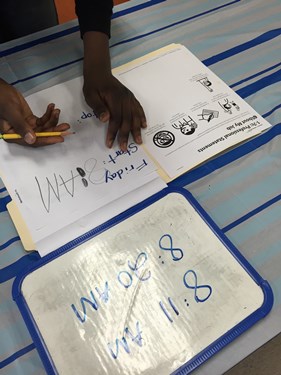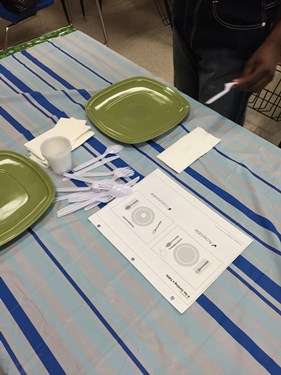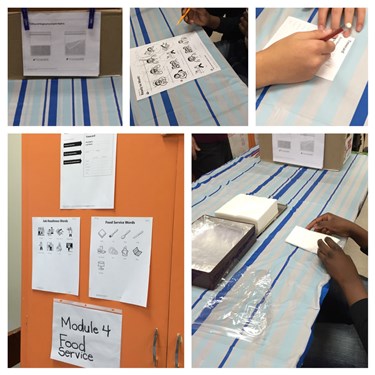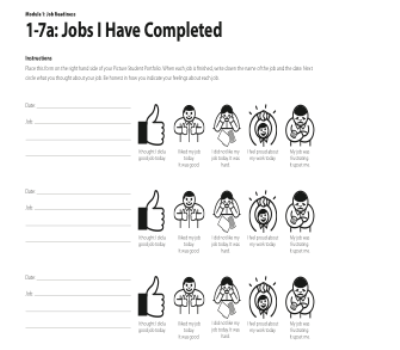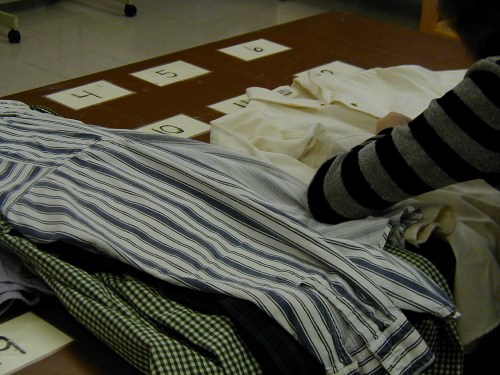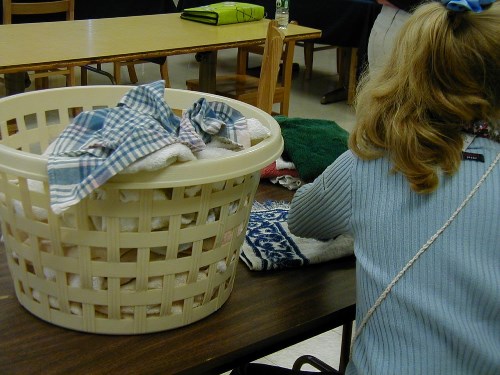 Popular speaker and Therapro author of The Drive Thru Menu Suite of Exercises Tere Bowen-Irish, OTR/L made a return visit to Therapro on Saturday, September 19th to present a seminar on: Weaving Mindfulness and Visualization into Your Practice. Tere has spent over 35 years as a practicing occupational therapist in a variety of school settings. She effectively meshes her expertise in mental health with pediatric practice.
Popular speaker and Therapro author of The Drive Thru Menu Suite of Exercises Tere Bowen-Irish, OTR/L made a return visit to Therapro on Saturday, September 19th to present a seminar on: Weaving Mindfulness and Visualization into Your Practice. Tere has spent over 35 years as a practicing occupational therapist in a variety of school settings. She effectively meshes her expertise in mental health with pediatric practice.
The ultimate goal for the school-based occupational therapist is to help students access the curriculum. Tere discussed that because today’s students appear to be increasingly stressed, angry, and anxious, they may have difficulty achieving academic success. Recognition of every student as “neuro diverse” bears the responsibility of assisting students to increase their resiliency. One way to do this, Tere suggested, is by helping students develop mindfulness. With daily practice of mindfulness, students show decreased stress and improved coping mechanisms when they become dysregulated. A simple task like focusing on breathing is an exercise in centering. For example: ‘Put your hands on your stomach, inhale through your nose (to the count of 5), exhale through your nose (to the count of 5) 3 times’.
As therapists, we can teach students and their teachers highly effective methods of becoming focused and calm. Tere taught us to use visualization to achieve mindfulness. Instead of a reactive, impulsive model of “acting, thinking, then stopping”, mindfulness can be achieved with “stopping, thinking, then acting.”
 Tere is always an engaging and interesting presenter. She used humor and anecdotes liberally to engage her audience. The more than 50 attendees at the seminar eagerly participated in visualization exercises individually and in pairs. The room was alive with energy and laughter!
Tere is always an engaging and interesting presenter. She used humor and anecdotes liberally to engage her audience. The more than 50 attendees at the seminar eagerly participated in visualization exercises individually and in pairs. The room was alive with energy and laughter!
In a world filled with anxious, stressed-out children, incorporating mindfulness and visualization into their day makes sense. Mindfulness and visualization strategies can easily become part of the student’s day and can complement self regulation programs which the student may also be using. A quiet mind and calm self helps with better focus in the classroom, which can directly affect academic success. As Tere taught us, ”Just Breathe….”
Take a look at what attendees had to say about Tere’s seminar:
“She incorporated interactive approaches and was enthusiastic and passionate. She used wonderful examples for us to apply in school and practice.” Mary E., Occupational Therapist
“Excellent presentation and a lot of great ideas for treatment to address stress, attention and anxiety.” Kelley M., Occupational Therapy student
“I have attended several sessions with Tere. I always come back from the session with ideas for my kindergarten class.” Ann Marie H., Teacher
“What a wonderful way to address the growing level of students with stress and anxiety. Took so much away from this seminar.” Nicole R., Occupational Therapy student
“Tere is dynamic, keeps things moving, makes it fun.” Becky S., Teacher/Parent
Thank you, Tere!
Filomena Connor, MS, OTR/L

